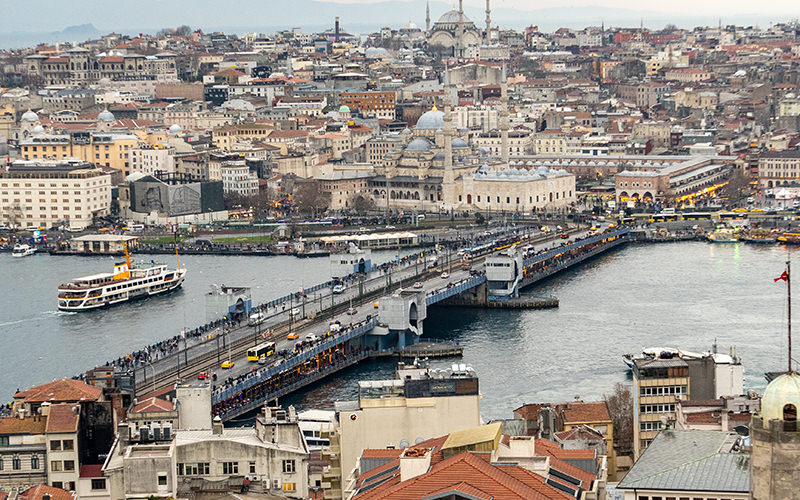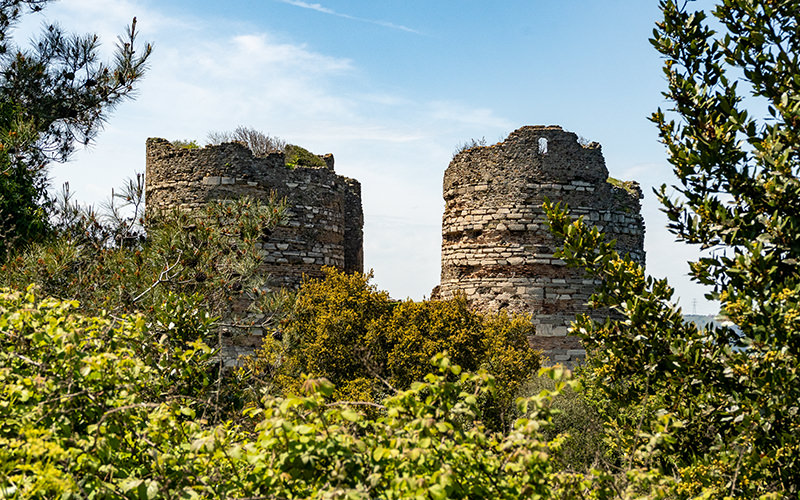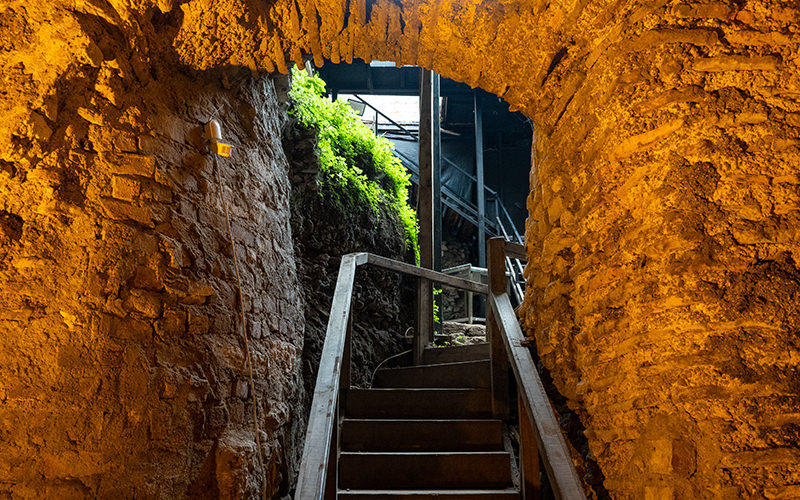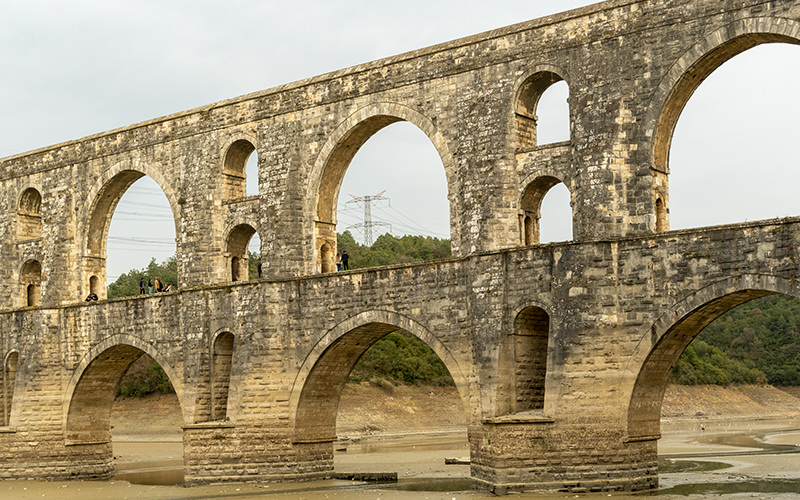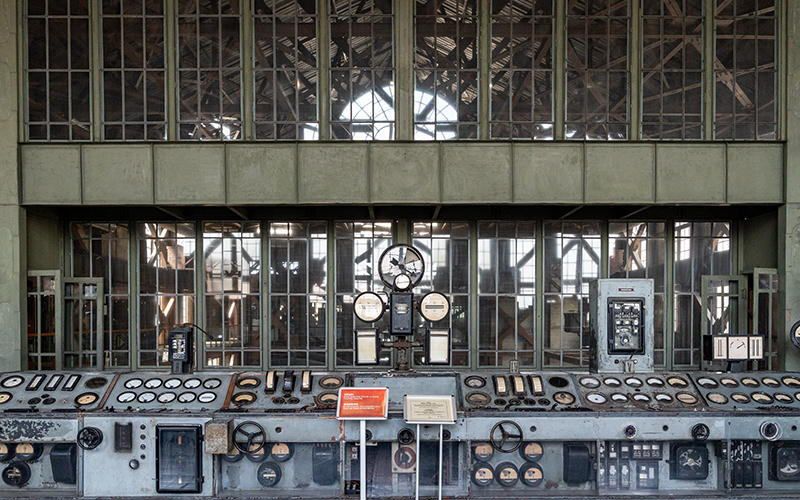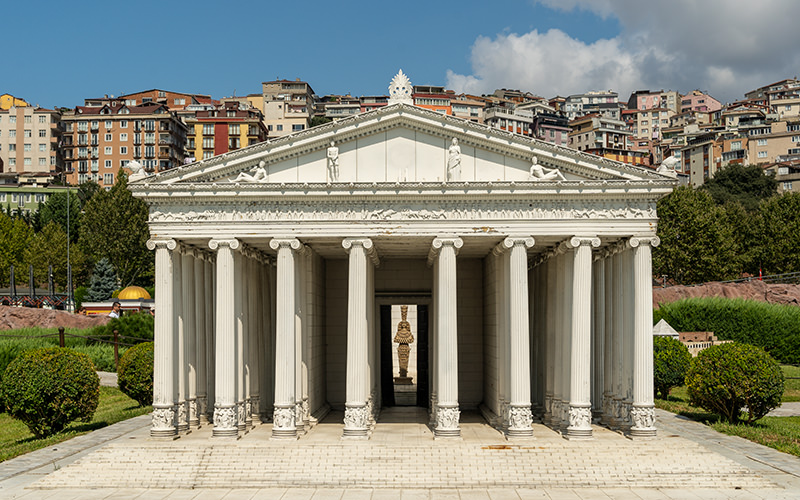If you have been to Istanbul, you are probably familiar with the interesting landmark of the city called the Aqueduct of Valens. This majestic structure reminds us of the ancient hydraulic network that supplied water to the ancient city. Valens is the most famous aqueduct in Istanbul, but other auxiliary structures of this system have also survived to this day. Recently, I had the opportunity to venture to the outskirts of the city to find two more ancient aqueducts amidst dense forests. I am sharing the story of this unusual adventure with you.
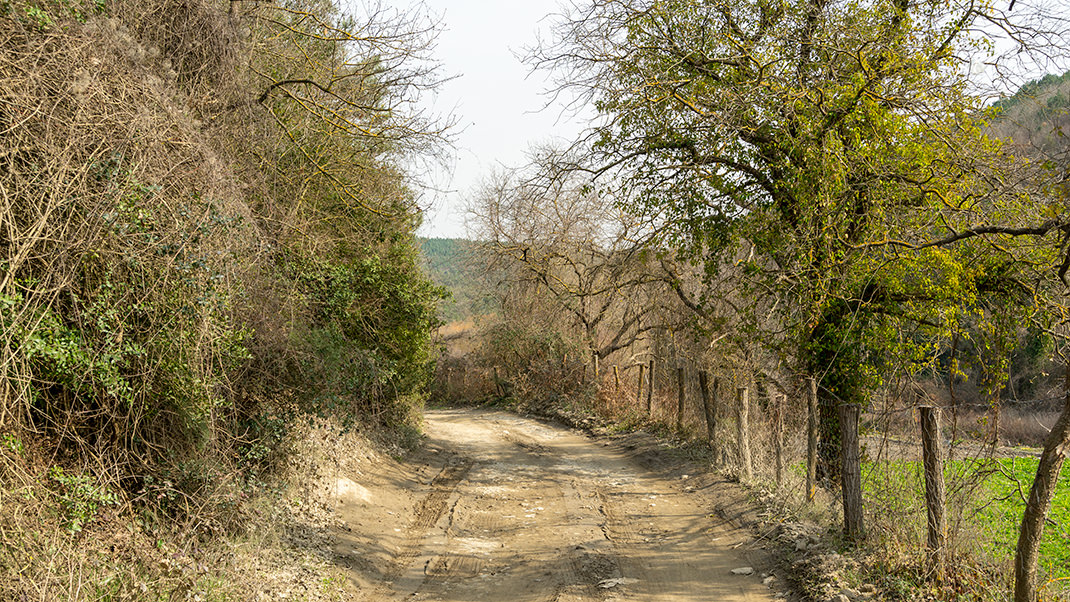
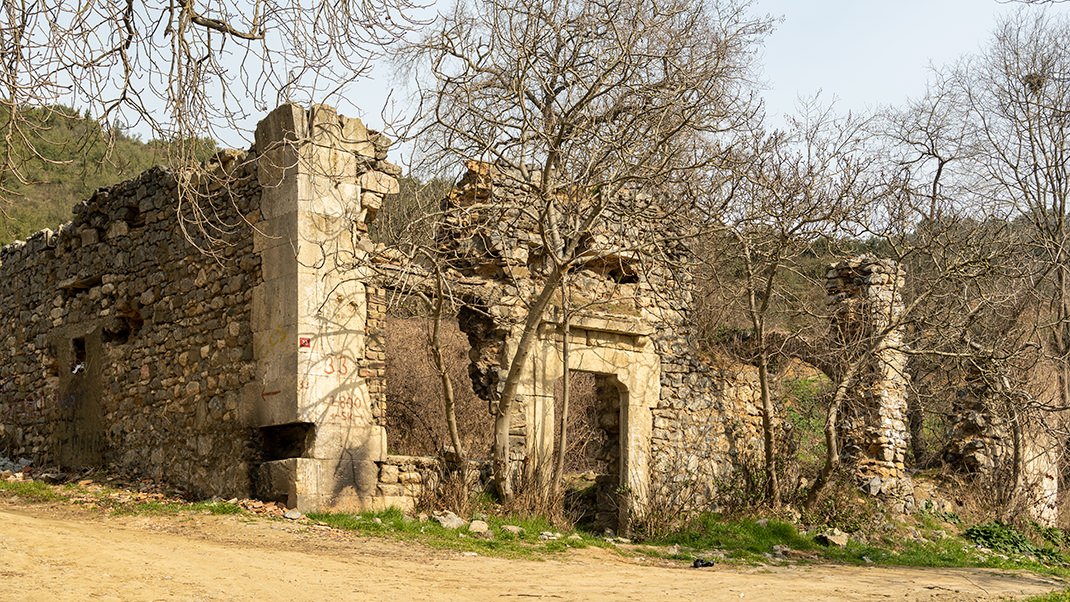

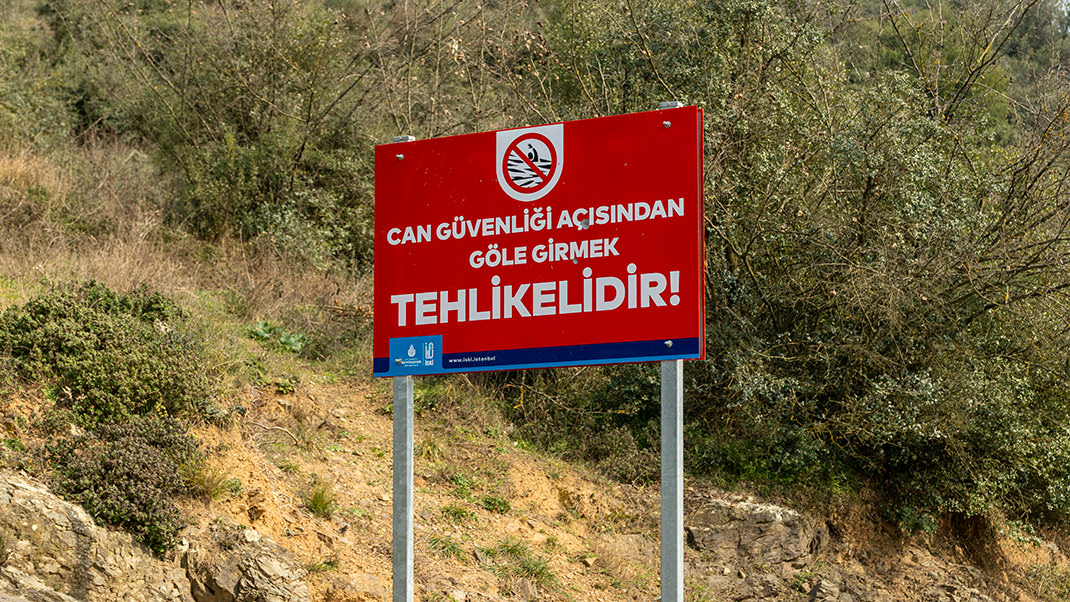
A bit of history
According to research conducted in the early 21st century, water was supplied to Constantinople from several sources, some of which were hundreds of kilometers away from the city. Three separate branches of the water supply system extended to the city walls from different points. One was intended to transport water from the city of Vize in western Turkey, while the other two came from the Belgrade Forest located north of central Istanbul.
Both aqueducts I managed to visit belonged to the Kırkçeşme branch, which led from the Belgrade Forest, and the water flowed through an underground pipe in the Edirnekapı area. The branch consisted of dozens of aqueducts and four dams. It is said to have stretched for 55 kilometers. In addition, such networks usually included public fountains, underground and open reservoirs.
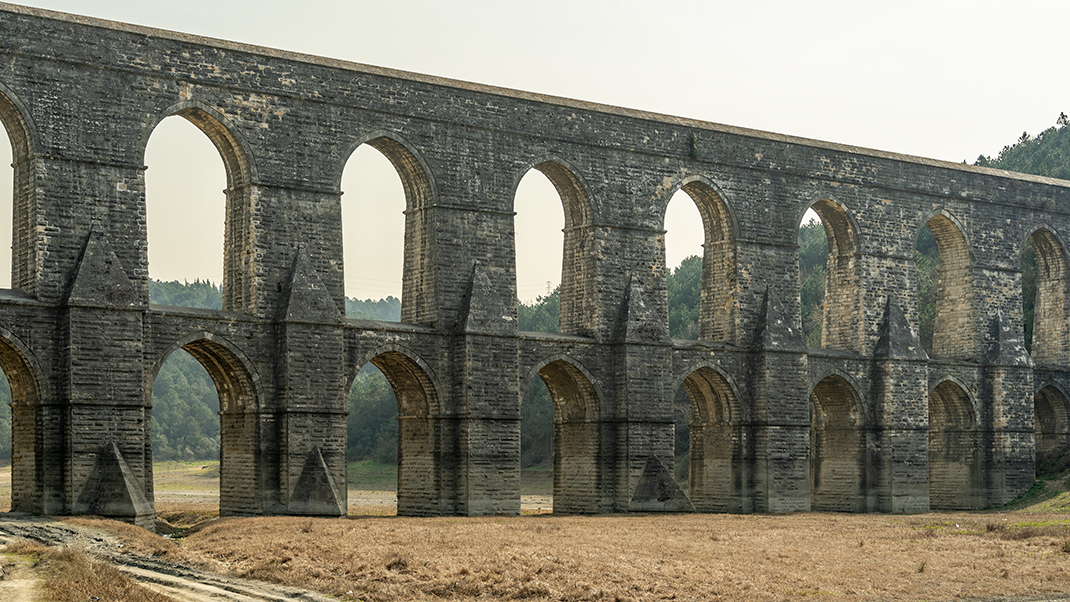
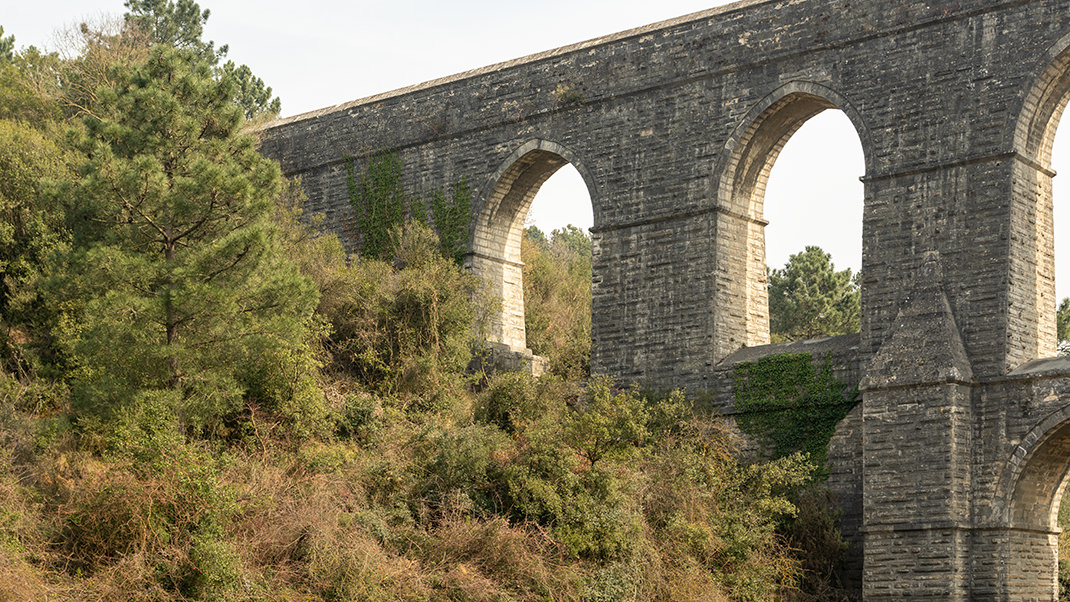
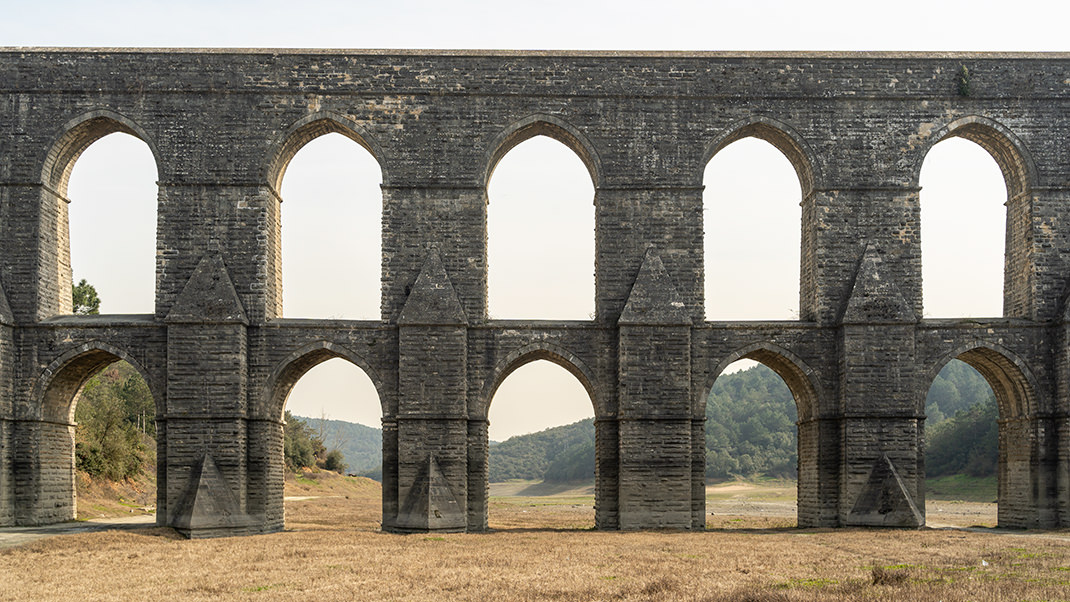
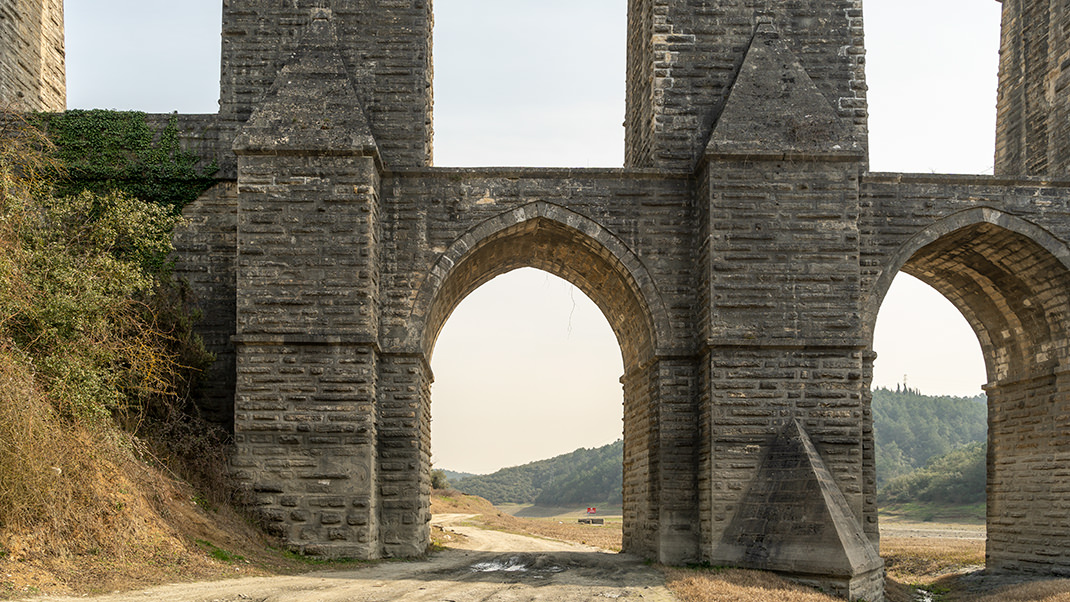
The Güzelce Kemeri Aqueduct
The aqueducts of the Kırkçeşme branch were built by the architect Mimar Koca Sinan upon the order of Suleiman the Magnificent. The master had designed more than 300 buildings of different functions, but his most famous work would be the ensemble of the Suleymaniye Mosque in the historic center of Istanbul.
Construction of the two-tier Güzelce Kemeri Aqueduct took place in 1563-64. Its length is 165 meters, and the structure has been well-preserved to this day. Online, you can see modern photographs showing a river flowing under the arches of the aqueduct, but during my visit in early March, there was hardly any water here. Several warning signs about the danger of walking on the wet marshy ground were installed near the structure.

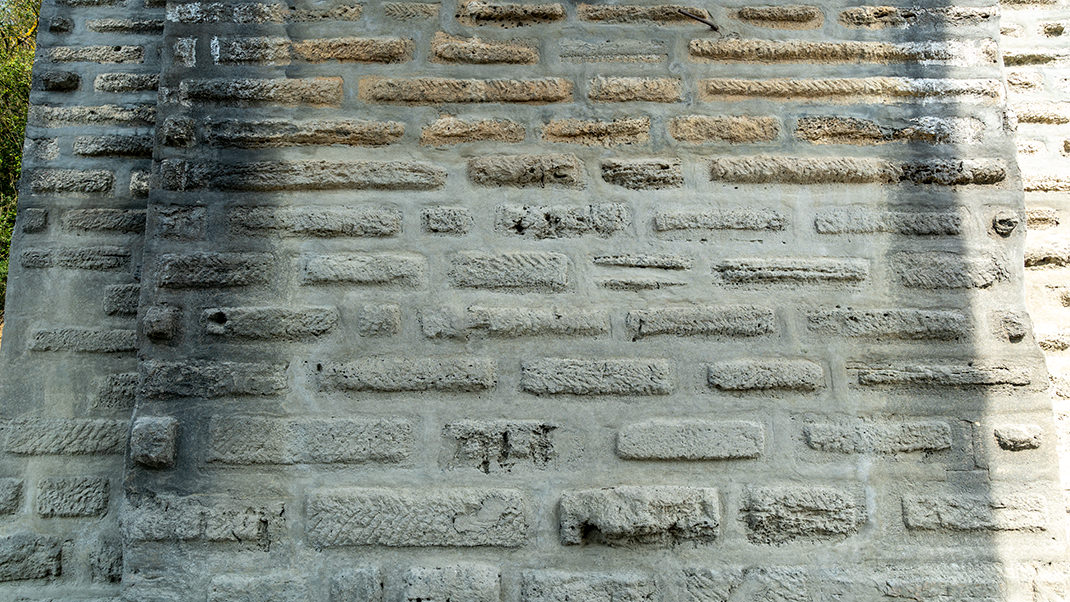
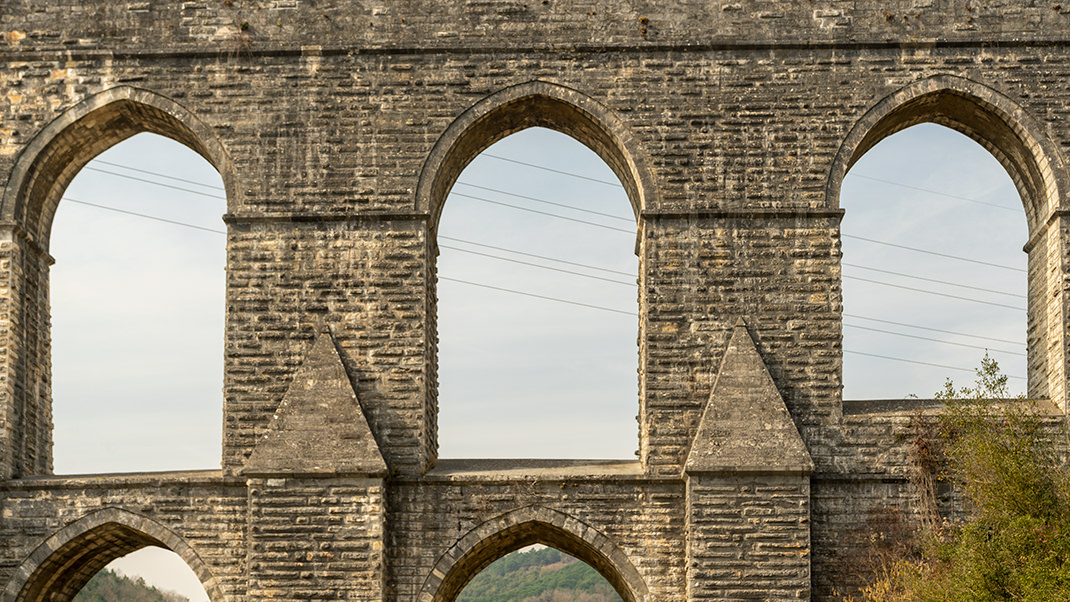
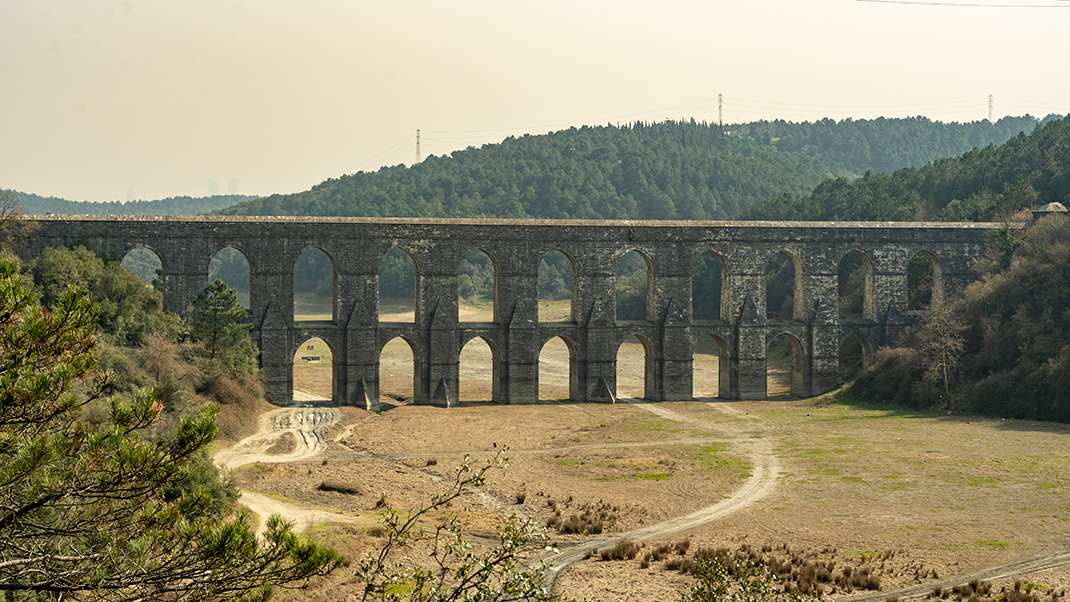
Reaching the Güzelce Kemeri Aqueduct is not difficult by car, but we chose a more interesting option: we took public transportation and walked to the aqueduct. The route, in this case, turned out to be non-touristic: along the way, we passed a small settlement where the locals were genuinely surprised by the arrival of visitors in their area. Moreover, during the walk, we came across the entrance to a cave that, according to the locals, extends deep into the mountain for tens of meters.
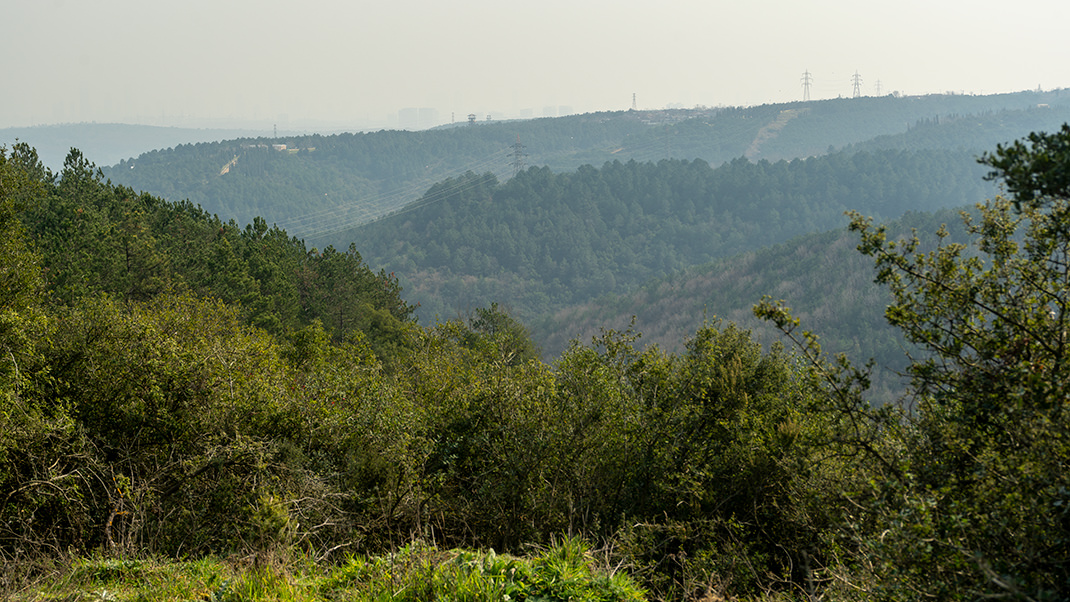
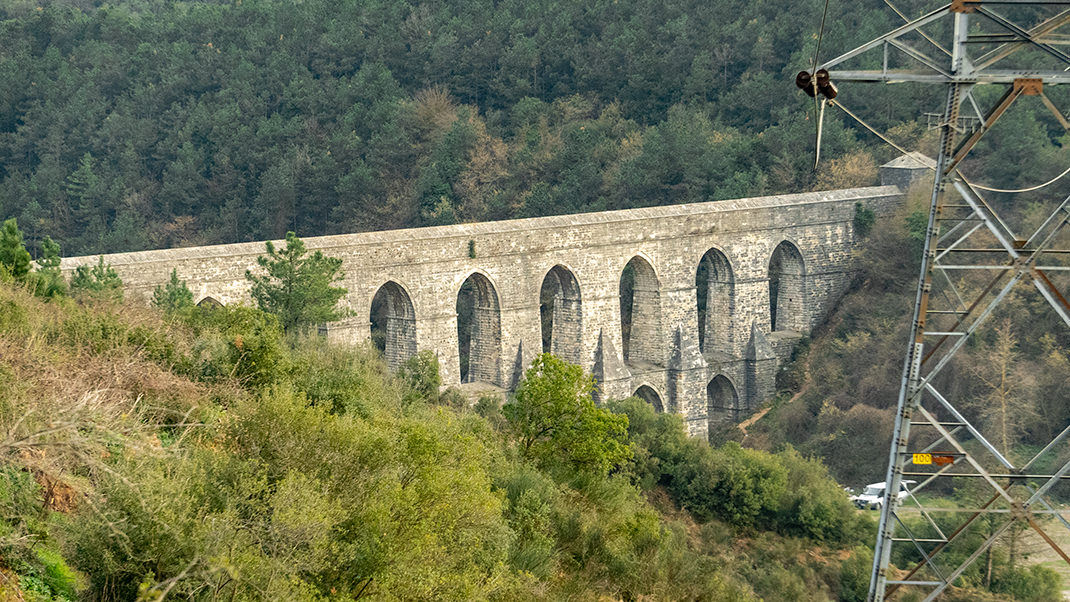
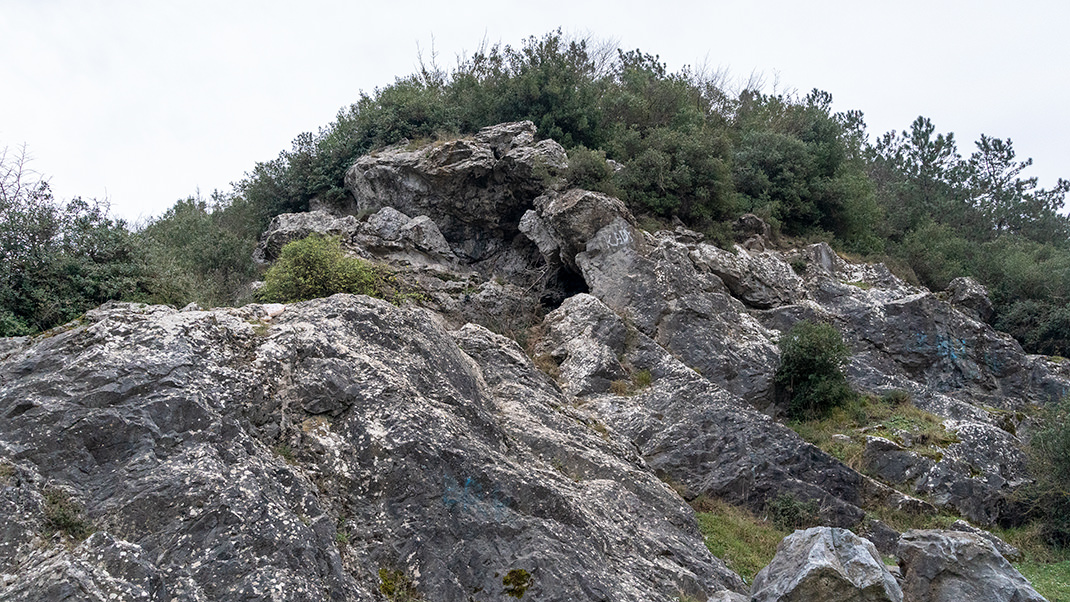
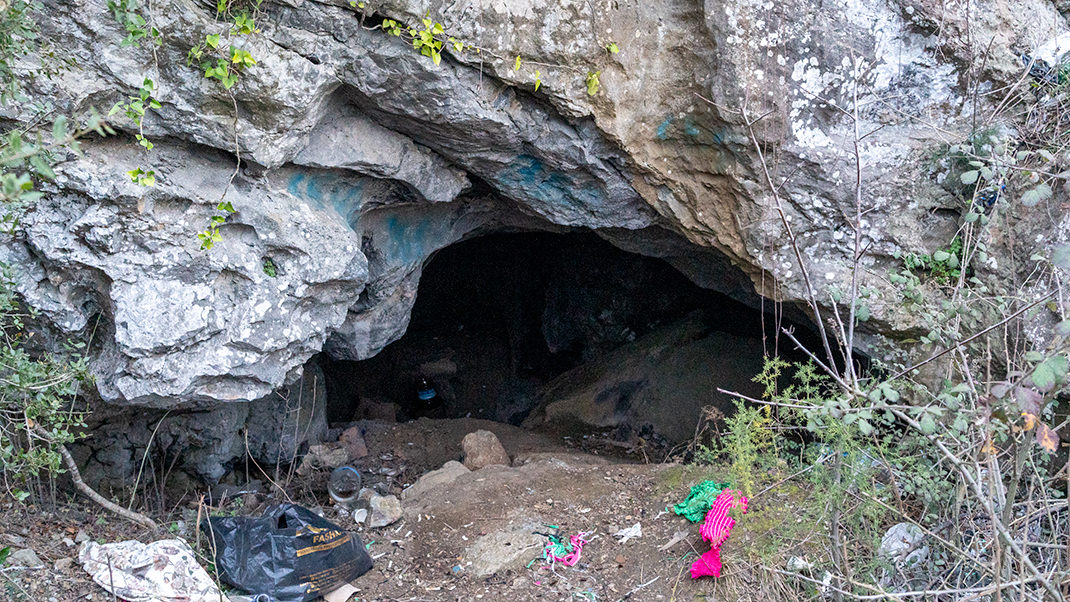
After getting acquainted with the aqueducts, I have plenty of photographs, so I decided to divide the material about this journey into two parts. In the next article, I will talk about the Mağlova Aqueduct (Mağlova Su Kemeri), whose central arches are considered the widest among all similar ones worldwide.
Have a nice trip!


